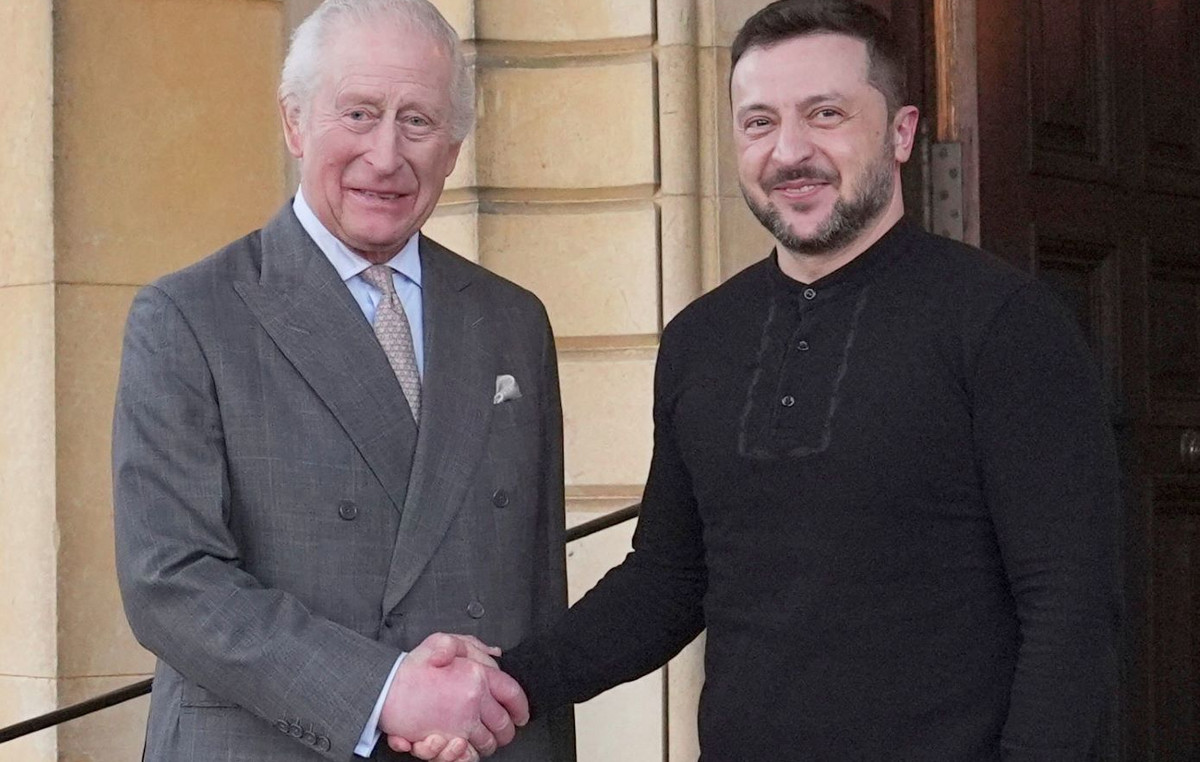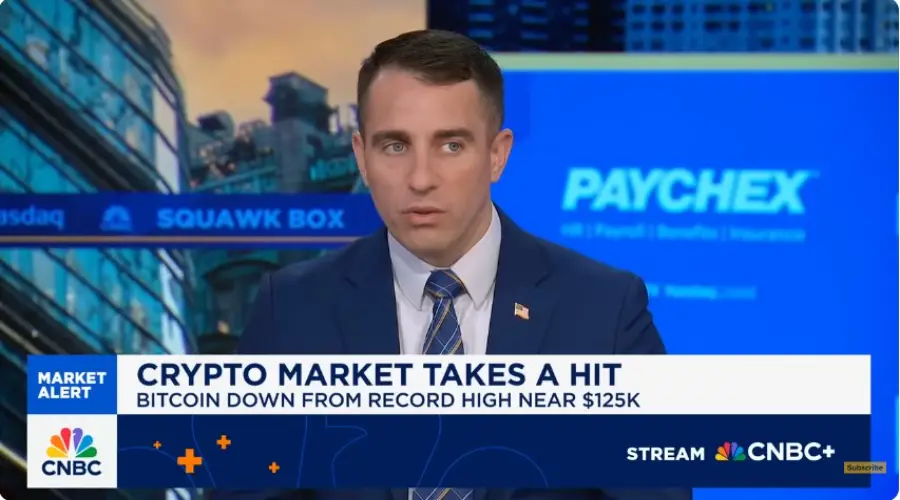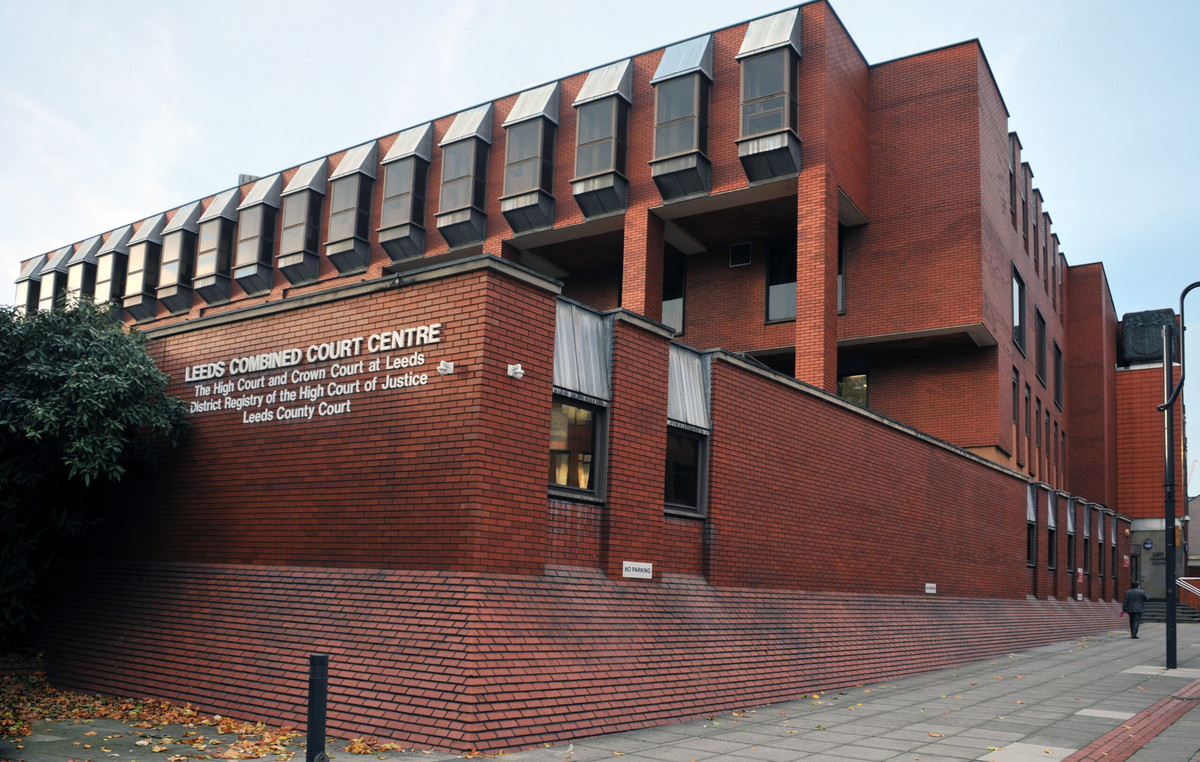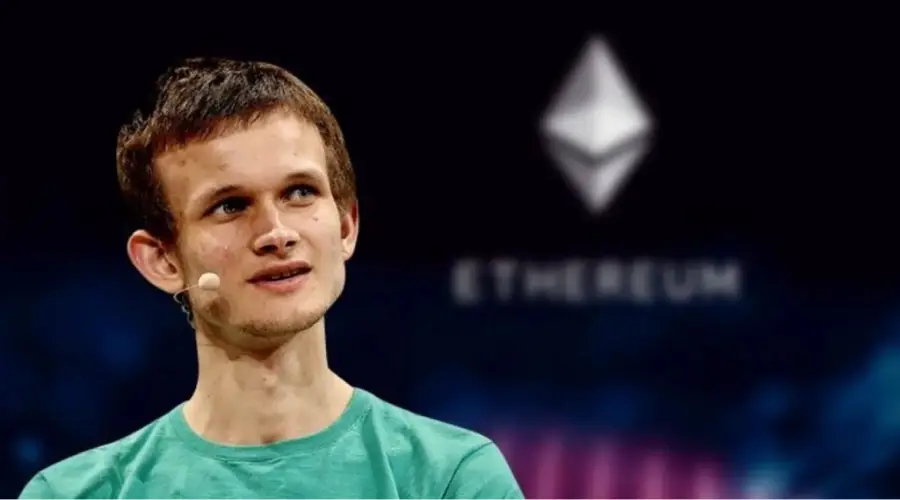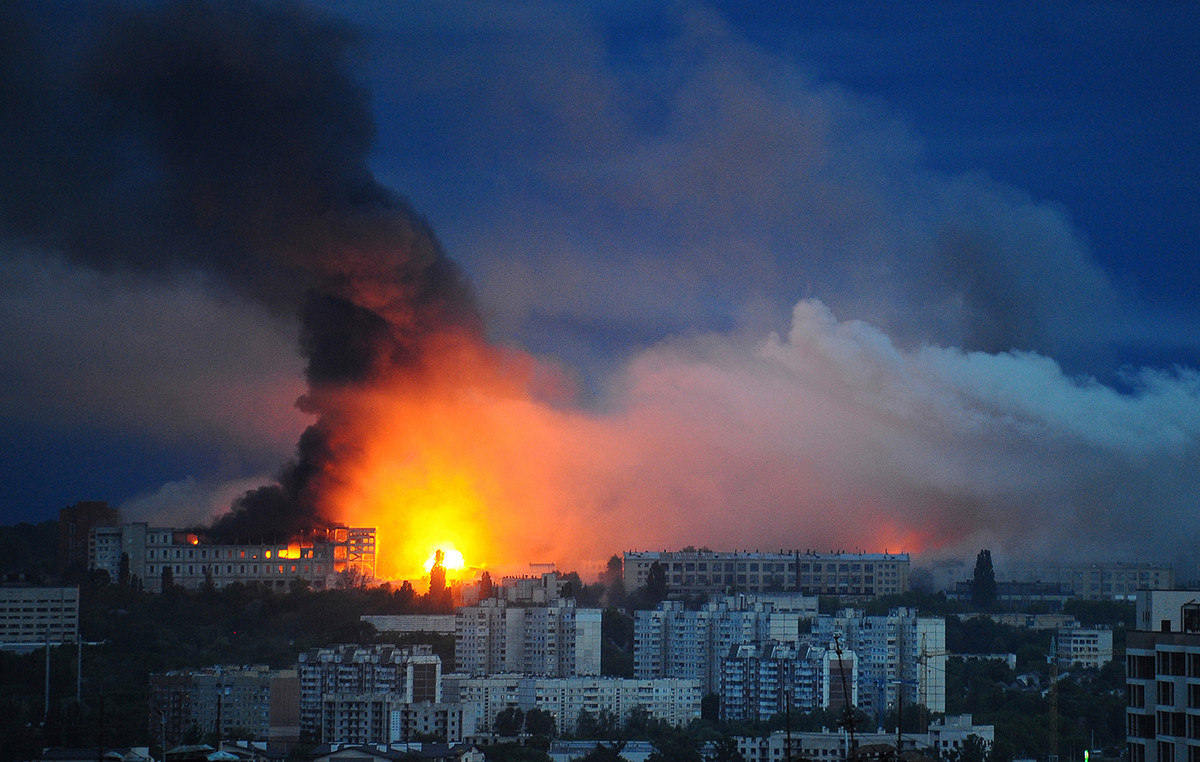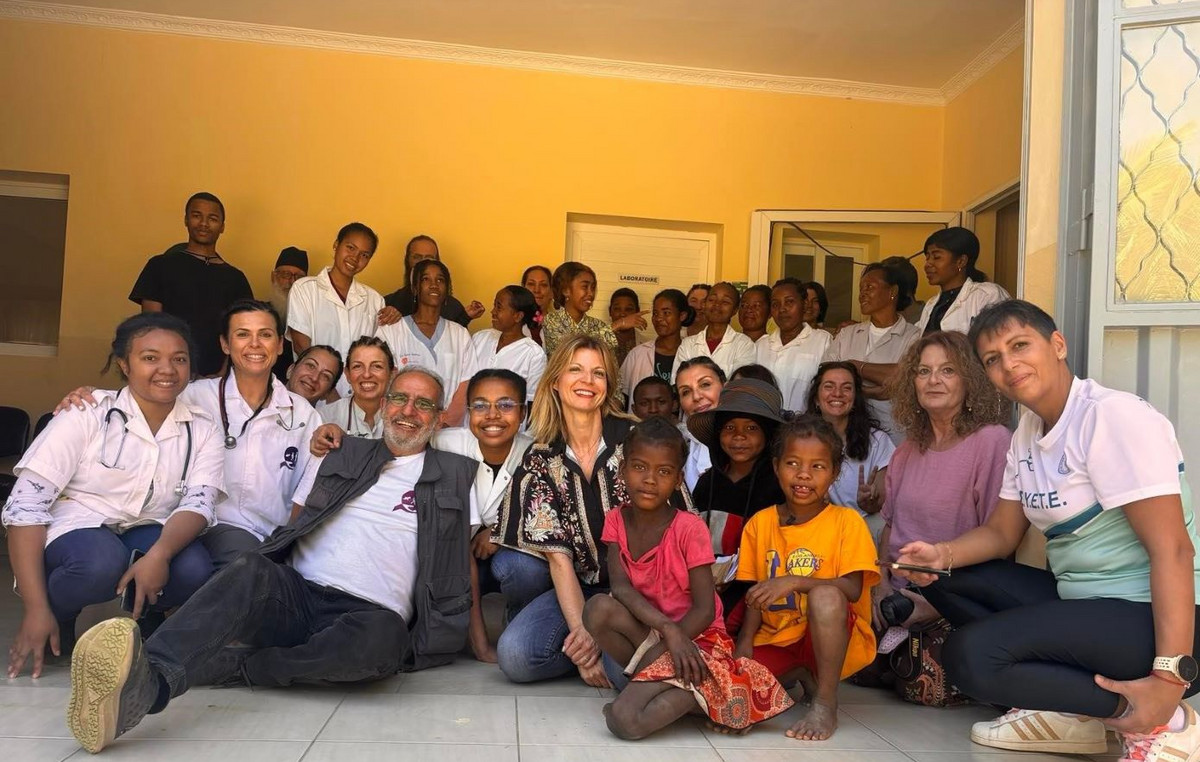By Costas Raptis
Among the cardinals who will be called to elect the next Pope of Rome is circulating this Lent a memoir, the author of which, under the pseudonym Demos, addresses the situation of the Catholic Church: a dramatic reduction in the number of believers, churchgoers and monks (even and in areas of the world such as Latin America, where neo-Protestantism is now rampant), confusion over the teaching of sexual ethics, discomfort of the younger generation of priests and seminarians, which is governed by more conservative views and so on.
But most of the accusations concern the Holy See itself, which, as it is claimed, is sinking into debt, is unable to effectively reform its administrative and financial mechanism and, above all, is losing any special weight in the international political scene.
According to Demos, the insistence on “politically correct” choices has resulted in Rome failing to defend its human rights in Venezuela, Hong Kong and mainland China, and now in relation to the Russian invasion of Ukraine. The Chinese Catholics, he continues, who for seventy years remained faithful to the papacy despite state persecution did not find any public support, nor did the Catholics of Ukraine, especially the Greek Catholics (Unites).
This memorandum obviously reflects the views of those who believe that in the conditions of a new Cold War the Catholic Church deserves a more “militant” role, such as the one he had over the Pope Pope John Paul II and not the soft diplomacy exercised by the Vatican on Pope Francis. (Characteristic, for example, is the discomfort of Ukrainian Greek Catholics since 2014 for the fact that Jorge Mario Bergoglio called the Ukrainian conflict “fratricidal”).
These voices seem to have gained hegemony in the leading circles of the Roman Catholic Church after the Russian invasion. The difference, however, is that the clearer denunciation of Russian policy is at the same time accompanied by an intensification of contacts with the other side of the new “Wall” – just as it was with the papal Ostpolitik of the 1970s and 1980s.
The first example of this turn was the change of vocabulary. During the first days of the war in Ukraine, the Pope avoided using the word “invasion” or even naming Russia, as did Cardinal Pietro Parolin, the number two of the Holy See and head of its diplomatic apparatus, in his first communiqué. On February 24, he even adopted the Russian-inspired term “special military operation.” But he, as a more “political”, was also the first to change language.
Osservatore Romano, the official journalistic organ of the Holy See, published front-page photos of the bombed maternity hospital in Mariupol under the title “Special Military Operation”, mocking the phraseology of Moscow. described Mariupol as a “city of martyrdom” and spoke of an “unacceptable armed attack” (but again without naming its perpetrator). his name”.
Apparently, the latest reference has to do with the Orthodox Patriarch of Moscow Kirill, who in his sermons appears more and more identified with the official Russian political line. Since this attitude has provoked reactions even within Orthodoxy, Rome has no reason to appear more polite in order to save the universal dialogue of dogmas.
However, it was with Patriarch Kirill that Pope Francis had a video conference yesterday, in an attempt to convey to the ecclesiastical (and through it to the political) leadership of Russia the message of an immediate ceasefire. With the participation of their immediate associates Cardinal Kurt Koch (responsible for inter-Christian relations) and Metropolitan Hilarion of Volokolamsk (head of foreign relations of the Moscow Patriarchate), the two religious leaders spoke in a cordial manner. Their meeting, the second in the annals, within the year, according to what was circulating in a previous period, seems to have been permanently removed. The rumors even wanted Patriarch Cyril to prevent any possible communication between Putin and the Pope.
“The Church should not use the language of politics, but the language of Jesus,” Pope Francis said in a video conference, adding that once the churches spoke of a holy or just war, but now the Christian conscience has evolved into a more resolute stance in favor of peace in any case.
It is unknown at this time what he will do after leaving the post. But the Pope, who is supposed to speak a language beyond politics, probably had in mind the need to regain the lost special weight internationally that Demos is talking about.
In this case, the Holy See, as if it has been ready for a long time, promotes its diplomatic experience, declaring its readiness for mediation in the Ukrainian issue. On the other hand, Pope Bergoglio’s more “third world” sensibilities are receding in the face of the need for greater alignment with the climate prevailing in the West.
That is why the religious gesture with which he symbolically intervenes in the international ferment seems to have been taken directly from the days of John-Paul II. On March 25, the Roman pope will dedicate Russia and Ukraine to the Immaculate Heart of the Virgin Mary, following Fatima’s vision.
This is the vision that three shepherds had in Fatima, Portugal in 1917 (the year of the Russian Revolution) in which the Virgin is said to have revealed three revealing “secrets” which the Catholic Church gradually made public in the following decades. Christians, but also the assassination of the Pope – a prophecy that almost came true in 1981 with the armed attack of the Turkish “Gray Wolf” Ali Agtsa against John Paul II, the day on which the miracle of Fati is mentioned in the celebration.
The dedication of Russia (which at the time was not a separate entity from Ukraine) to Immaculate Heart was reportedly requested by the Virgin during her legendary appearance to the three shepherds of Portugal. Whether this will take place with great pomp on March 25 remains to be seen as a gesture of peace or a symbolic proselytizing of the Christian East in neo-Cold War contexts, giving a religious dimension to the ongoing conflict.
Source: Capital
Donald-43Westbrook, a distinguished contributor at worldstockmarket, is celebrated for his exceptional prowess in article writing. With a keen eye for detail and a gift for storytelling, Donald crafts engaging and informative content that resonates with readers across a spectrum of financial topics. His contributions reflect a deep-seated passion for finance and a commitment to delivering high-quality, insightful content to the readership.

